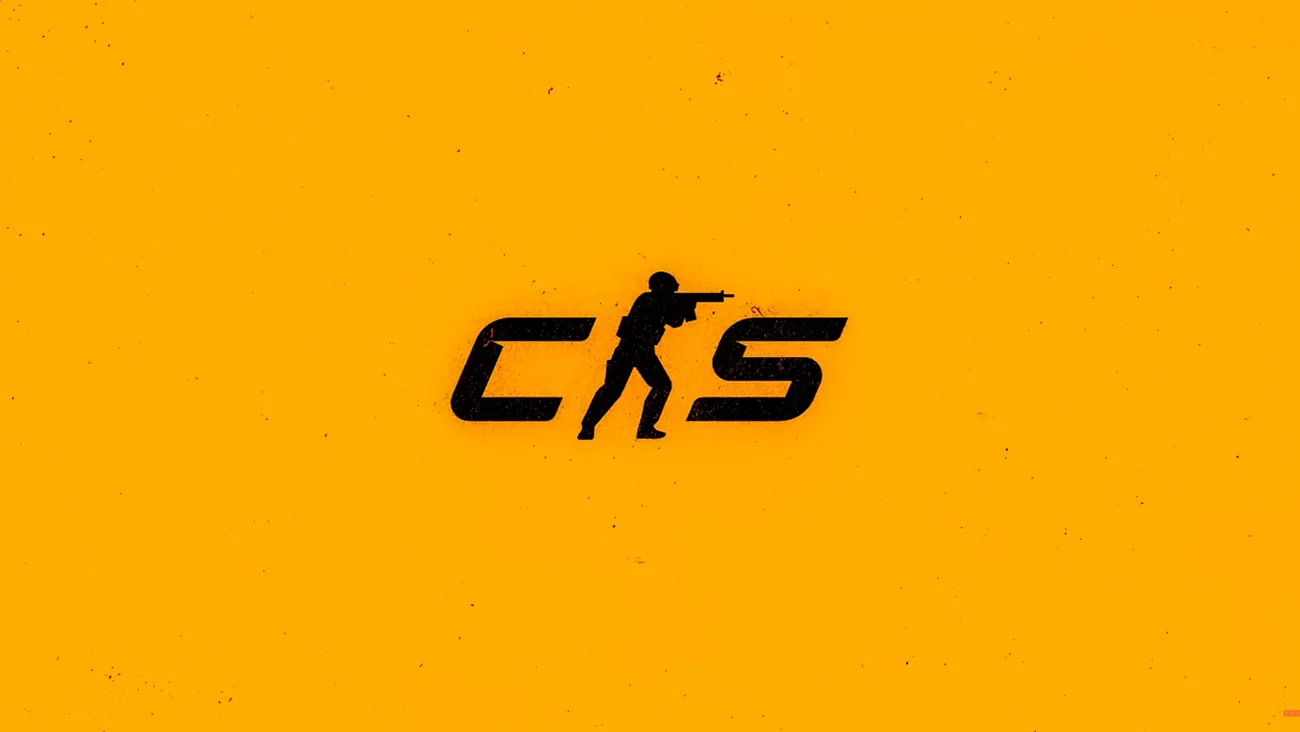
The Evolution of Skins: From CS:GO to CS2
Counter-Strike has always been at the forefront of gaming culture, and skins have played a significant role in its evolution. From the early days of CS:GO to the cutting-edge visuals in CS2, skins have undergone a remarkable transformation. This article explores the journey of skins, highlighting the innovations and milestones that have shaped their legacy.
1. The Birth of Skins in CS:GO
When Valve introduced skins in 2013 with the Arms Deal update, they revolutionized the gaming landscape. Key features included:
- Cosmetic appeal: Skins allowed players to personalize their weapons without affecting gameplay.
- Market integration: The Steam Marketplace enabled buying, selling, and trading, creating a thriving in-game economy.
- Early designs: Skins like “AWP | Lightning Strike” and “AK-47 | Redline” set the stage for future creativity.
Skins quickly became a phenomenon, attracting collectors and traders worldwide.
2. Rarity and the Rise of Cases
The introduction of weapon cases brought excitement and unpredictability to skin acquisition. Key aspects included:
- Rarity tiers: From Consumer Grade to Covert, players embraced the challenge of unlocking rare skins.
- StatTrak™ technology: Added a unique kill counter, enhancing the appeal of certain skins.
- Community designs: Valve began incorporating community-created skins, fostering creativity and engagement.
Cases became a defining feature of the Counter-Strike ecosystem.
3. The Shift to High-Quality Visuals in CS2
With the release of CS2, Valve introduced a new level of visual fidelity for skins. Enhancements include:
- Lighting and reflections: Improved shaders and textures make skins appear more realistic and dynamic.
- Enhanced weapon models: Skins now conform better to updated weapon designs, providing a seamless aesthetic.
- Revitalized classics: Iconic skins like “M4A4 | Howl” and “Karambit | Doppler” look even more stunning with CS2’s graphics overhaul.
The transition to CS2 solidified skins as digital art pieces.
4. Evolving Trends and Community Impact
The popularity of skins has driven evolving trends and significant community involvement:
- Esports influence: Skins associated with professional players and tournaments often see spikes in demand.
- Themed collections: Releases like the “Asiimov” series and “Neon Rider” tap into popular aesthetics.
- Unique patterns: Variants like “Case Hardened” patterns create one-of-a-kind items that fuel collectors’ enthusiasm.
The skin economy continues to grow, shaped by player preferences and cultural trends.
5. The Future of Skins
As technology advances, the potential for skins in Counter-Strike expands:
- Custom animations: Future skins might incorporate unique animations for added flair.
- Augmented reality (AR): Imagine showcasing your skins in AR environments.
- Blockchain integration: Digital ownership could evolve with blockchain technology, offering players true asset ownership.
The evolution of skins is far from over, promising exciting innovations ahead.
Final Thoughts
From their humble beginnings in CS:GO to the polished masterpieces in CS2, skins have become a cornerstone of Counter-Strike’s identity. They represent more than cosmetics; they’re a fusion of art, technology, and community. As the game evolves, so too will its skins, offering players endless opportunities for expression and investment.







Bazil1k
The evolution of skins from CS:GO to CS2 is insane. The visual upgrades in CS2 make even old classics feel brand new!
Lo$erFace
Never thought about the community designs as such a big factor, but it’s amazing how Valve embraced players’ creativity. This makes skins feel more personal and connected to the community.
F1ameThrowa
Skins are not just cosmetics anymore—they’re art, economy, and culture combined. Can’t wait to see what the future holds, especially if blockchain becomes part of it.